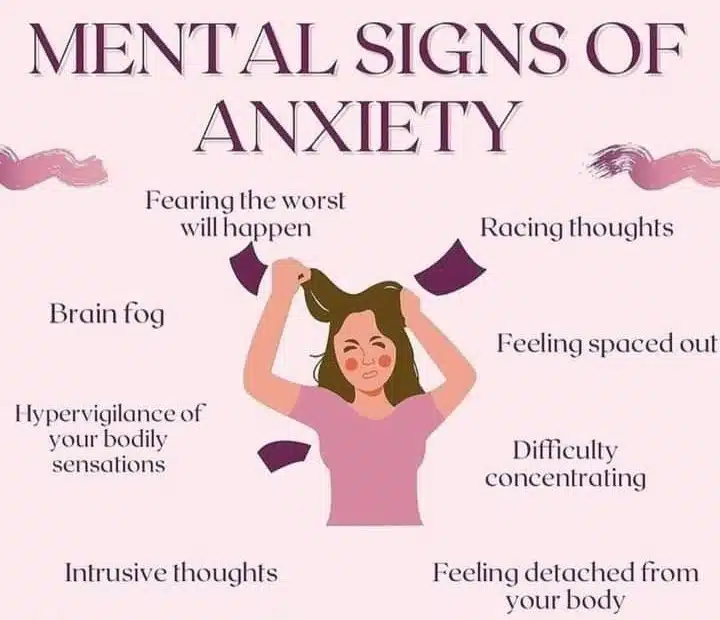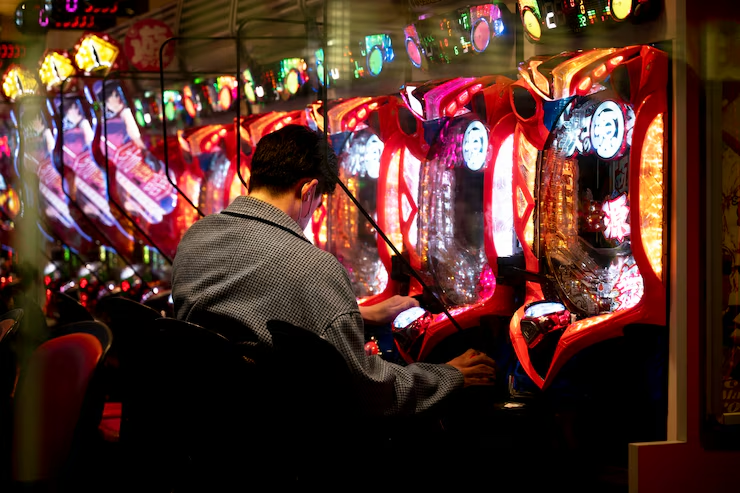
In today’s fast-paced and stress-laden world, anxiety has become an increasingly common topic of discussion. But truly understanding the question “what is anxiety?” requires more than a casual conversation. Anxiety is a multifaceted mental health condition that affects millions globally. It manifests in various forms and can influence every aspect of life. In this comprehensive article, we explore “what is anxiety,” delving into its symptoms, causes, treatments, and the different ways it can impact individuals, including children.
What is Anxiety? Definition and Overview
To begin, let us examine the basic question: what is anxiety? Anxiety is a natural response to stress or perceived threats. It is characterized by feelings of tension, worried thoughts, and physical changes like increased blood pressure. The body’s fight-or-flight mechanism triggers these reactions to help a person respond to danger. However, when these feelings become chronic or overwhelming, they transition into an anxiety disorder. Thus, the more detailed question arises: what is anxiety disorder?
What is Anxiety Disorder?
What is anxiety disorder? It is a term that encompasses several mental health conditions involving excessive fear, nervousness, and worry. These feelings are not occasional; they persist over time and often interfere with daily activities. Generalized Anxiety Disorder (GAD), Panic Disorder, Social Anxiety Disorder, and specific phobias fall under this category. When asking, “what is anxiety disorders?”, it refers to these various manifestations of abnormal anxiety levels. Anxiety disorders are among the most common mental illnesses, affecting both adults and children.
What is Anxiety Like?
People often wonder, what is anxiety like? For those experiencing it, anxiety feels like a constant state of apprehension, restlessness, and dread. It can cause racing thoughts, difficulty concentrating, and an overwhelming sense of fear or impending doom. Physically, it may manifest as a racing heart, sweating, trembling, or even nausea. Therefore, when considering what is anxiety feel like, it is essential to understand that it involves both mental and physical symptoms.
What is Anxiety Symptoms?
The symptoms of anxiety vary from person to person, but common indicators include:
- Excessive worrying
- Restlessness
- Fatigue
- Irritability
- Difficulty concentrating
- Muscle tension
- Sleep disturbances
When asking “what is anxiety symptoms,” it is important to consider both the emotional and physical symptoms. Recognizing these signs early can help in managing anxiety effectively.
What is Anxiety Attack?
What is anxiety attack? Often used interchangeably with panic attack, an anxiety attack refers to a sudden episode of intense fear or discomfort. Symptoms may include chest pain, shortness of breath, dizziness, or feelings of losing control. These attacks can be debilitating, and understanding “what is anxiety attacks” is crucial for recognizing and managing these episodes.
What is Anxiety Chest Pain?
Many people experiencing anxiety report physical symptoms like chest pain, which can be alarming. So, what is anxiety chest pain? It is a common symptom during an anxiety or panic attack, resulting from muscle tension, rapid heartbeat, or hyperventilation. While it can mimic heart attack symptoms, it is usually not life-threatening but should be evaluated by a medical professional.
What is Anxiety Attachment?
In the context of relationships, one might ask, what is anxiety attachment? This refers to anxious attachment styles developed during childhood, which affect how individuals relate to others. People with anxious attachment may fear abandonment, constantly seek reassurance, or struggle with trust. Understanding what is anxiety attachment can help in improving interpersonal relationships and emotional health.
What is Anxiety Caused By?
A frequently asked question is, what is anxiety caused by? The causes of anxiety are multifactorial and can include:
- Genetic predisposition
- Brain chemistry imbalances
- Traumatic events
- Chronic stress
- Medical conditions
When addressing “what is anxiety caused by,” it is essential to consider both biological and environmental factors. A combination of these often leads to the development of anxiety disorders.
What is Anxiety for Kids?
What is anxiety for kids? Children can also experience anxiety, though it may manifest differently than in adults. Common signs in children include excessive clinginess, fear of going to school, nightmares, and physical complaints like stomachaches. Understanding “what is anxiety for kids” is crucial for parents and caregivers to provide appropriate support and seek early intervention.
What is Anxiety Medication?
Treatment for anxiety often includes medication. So, what is anxiety medication? These are drugs prescribed to help manage anxiety symptoms. Common types include:
- Selective Serotonin Reuptake Inhibitors (SSRIs)
- Benzodiazepines
- Beta-blockers
- Tricyclic antidepressants
Understanding “what is anxiety medication” helps in making informed decisions about treatment options. Medication should always be taken under professional supervision.
What is Anxiety and Depression?
Anxiety and depression often coexist. So, what is anxiety and depression? While anxiety involves fear and worry, depression includes persistent sadness and loss of interest. Together, they can exacerbate each other’s symptoms and complicate treatment. Addressing “what is anxiety depression” emphasizes the importance of holistic mental health care.
What is Anxiety in Spanish?
For Spanish-speaking individuals, understanding mental health terms is important. So, what is anxiety in Spanish? The term is “ansiedad.” Awareness of what is anxiety in Spanish helps in reaching a broader audience and providing inclusive mental health support.
What is Anxiety Definition?
Returning to the basics, what is anxiety definition? Anxiety is an emotion characterized by feelings of tension, worried thoughts, and physical changes like increased heart rate. This “what is anxiety definition” provides a clinical and clear understanding, vital for recognizing the condition.
What is Anxiety Depression?
As previously mentioned, anxiety and depression can occur together. What is anxiety depression? This term often refers to the co-occurrence of symptoms from both disorders, requiring an integrated approach to treatment.
What is Anxiety Feel Like?
Reiterating, what is anxiety feel like? It feels like being on edge, expecting something bad to happen, even when there’s no real threat. It’s a mix of mental turmoil and physical discomfort that can interfere with daily life.
Summary
Understanding anxiety involves examining many facets, from its definition to its symptoms, causes, and treatments. When exploring “what is anxiety,” it becomes clear that this condition affects individuals differently, yet shares common threads. Addressing questions like “what is anxiety disorder,” “what is anxiety attack,” and “what is anxiety for kids” helps in demystifying the condition and promoting better mental health awareness. Moreover, recognizing “what is anxiety medication” and “what is anxiety caused by” enables individuals to seek effective support. Ultimately, the goal is to foster understanding and provide tools for managing this pervasive condition.
Whether you’re exploring “what is anxiety in Spanish” or trying to understand “what is anxiety chest pain,” knowledge empowers action. Awareness and early intervention can make a significant difference in improving the quality of life for those affected by anxiety.






